How a Street Sweeper and His Wife Built Britain’s Largest Indian Food Empire
Laxmishanker Pathak and his wife, Shanta Gaury, were pioneers of the food revolution that made Indian cuisine one of Britain's most popular cuisine. The couple, who began by making Indian snacks in a tiny kitchen, went on to found Patak's, Britain's biggest Indian food brand.

Laxmishanker Pathak and his wife, Shanta Gaury, were pioneers of the food revolution that made Indian cuisine one of Britain’s most popular cuisine. The couple, who began by making Indian snacks in a tiny kitchen, went on to found the Patak’s, Britain’s biggest Indian food brand.
Here is the fascinating story of how an Indian street sweeper and his wife went on to found one of Britain’s most successful Asian food empires.
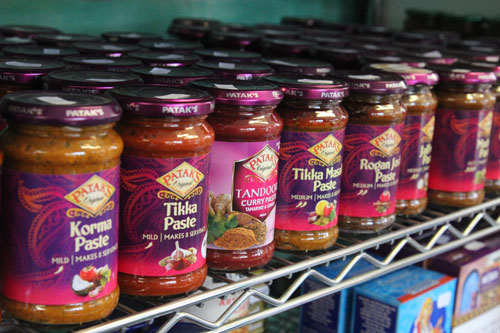
Photo Source
Back in the 1940s, Laxmishanker Pathak and his family had been driven by grinding poverty from their village in Gujarat. Encouraged by the colonial authorities, they left India to set up home in Kenya. In 1945, he married Shanta Gaury Pandit and soon the couple were blessed with six children, four sons and two daughters.
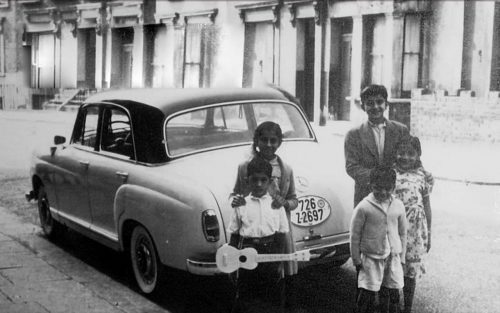
In 1956, following the Mau Mau insurgency, the Pathaks set sail on the passenger ship Uganda from Kenya to Marseilles and eventually arrived in London with just £5 and a life insurance policy in their pockets. Laxmishanker looked for work but was only offered the job of sweeping the streets on London
The money Laxmishanker earned was barely enough to feed the family of eight. Soon, he realised that selling Indian food on the streets might be a better way of providing for his family, thanks to the burgeoning market for Asian food in London. In Kenya, too, they had run an Indian sweets and snacks business.

Similar Story

Curry Map of India: 62 Classic Indian Flavours & 8 Delicious Recipes to Try at Home
Curry, an integral part of Indian cuisine, evolved with diverse flavours and names across regions. From Gushtaba in Kashmir to Jholi in Uttarakhand, we explore a myriad of curry dishes that reflect India’s rich culinary heritage.
Read more >
So, the Pathaks rented a basement flat in Kentish Town and began making Indian sweets and samosas in the tiny kitchen .Word spread and queues began to build up. Soon the entire family was put to work. Laxmishanker and Shanta worked 18 hours a day cooking and hawking their products around London’s Indian community, while the children helped their mother make the delicacies when they came home from school.
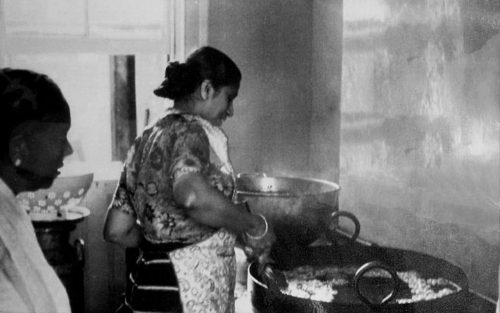
Photo Source
When they started getting home delivery orders, they were unable to afford a delivery boy. Instead, their six-year-old son Kirit began work as an errand boy. As he did not know English then, he used to carry two paper pieces. One had his home address and the other had the delivery address. Bus drivers and pedestrians would help little Kirit with addresses and his junior free bus pass saved Pathaks a lot of money.
By the late 1950s they had saved enough money to buy a small shop behind Euston Station in London. Later, they opened another in Bayswater in 1961. However, it wasn’t an easy journey and the Pathaks had to face their own share of hurdles and hardships.
In 1962, however, the Pathaks’ neighbours complained about the noise and smells from their flat. They were given just three months to find non-residential premises for their growing business. Laxmishanker found a converted mill in Northamptonshire, and the family moved out of London.
In 1965, the business had to face another crisis when a huge over-ordering of vegetables by a factory manager almost resulted in bankruptcy. To try to rectify the situation, the Pathaks decided to process the vegetables. Disaster was turned to triumph when the resulting pickles and chutneys sold so well that they were added to the existing product range. Other lines followed, including a range of curry pastes, many of them based on Shanta’s family recipes.
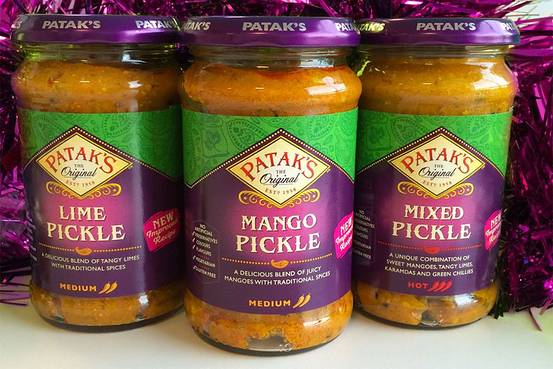
Photo Source
Within a few years, the family was supplying sweets, snacks, and Indian food ingredients, not only to London’s Indian community but also to the growing number of Asian restaurants opening in Britain, at first in the immediate area, and later nationwide. This was a masterstroke – by producing ready-made sauces and chutneys, he made it easy for restaurants who were largely staffed by recent immigrants, often with rudimentary cooking skills.
You May Like: TBI Food Secrets: The Humble Origins of the Hugely Popular Butter Chicken
Laxmishanker’s next brainwave came in 1972, when the British set up refugee camps for Ugandan Asians expelled by Idi Amin. The astute man knew the frightened thousands arriving in Britain would be hungry for information about the customs of their new home and also for the food they were used to eating at home.

Photo Source
He persuaded the army authorities to let their company, Patak’s (he dropped the “h” from the company name to avoid confusing the Brits), feed them in return for which he would print and distribute information in their own language about how to fit into British society. When the refugees later opened their own shops and restaurants, they asked the Pathaks to supply them.
The business flourished and began taking orders not only from individual households and restaurants but also from shops, businesses and even the Indian high commission. In 1976, Laxmishanker handed over control of the business to Kirit, having passed to his son a unique knowledge of vegetables and spices.
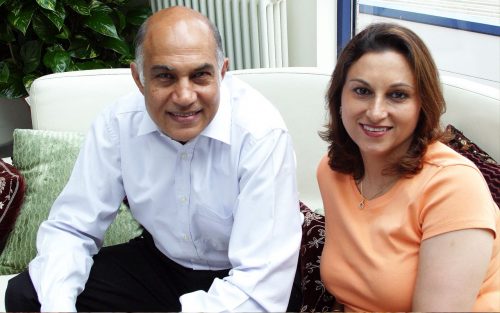
Photo Source
Meena, Kirit’s wife, had a degree in Food Technology and Hotel Management, and soon became the creative force behind the Patak’s brand. She began experimenting with tandooris and tikkas, the authentic popular Indian flavours, and created a tandoori paste, which could be manufactured in a jar. Each recipe had its own secret spice mix formulations – these were and still are kept a very closely guarded secret and are known only to the Pathak family.

Similar Story
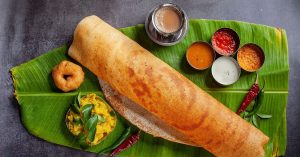
Where Did Bengaluru’s Love Affair with Dosa Originate?
Bengaluru residents’ deep affection for crispy butter masala dosa and filter coffee is evident in the city’s massive consumption of 29 million dosas in 2023 alone, sparking curiosity about its origins.
Read more >

Photo Source
After retirement, the Pathaks set up a charitable foundation that has donated millions of pounds to health and education programmes in both India and Britain. For them, seeing the phenomenal growth of Patak’s was a deeply moving experience, one they cherished till their very end. Kirit once recalled how seeing Patak’s listed alongside Coca Cola and the Body Shop as a model company in a business management textbook had brought tears to his father’s eyes.
Laxmishanker Pathak died in 1997 while Shanta Gaury passed away in 2010. However, their culinary legacy remains as popular as ever with the company controlling more than a quarter of Britain’s billion-pound Indian food industry.
If you found our stories insightful, informative, or even just enjoyable, we invite you to consider making a voluntary payment to support the work we do at The Better India. Your contribution helps us continue producing quality content that educates, inspires, and drives positive change.
Choose one of the payment options below for your contribution-
By paying for the stories you value, you directly contribute to sustaining our efforts focused on making a difference in the world. Together, let’s ensure that impactful stories continue to be told and shared, enriching lives and communities alike.
Thank you for your support. Here are some frequently asked questions you might find helpful to know why you are contributing?


With Patak’s now supplying curry pastes, chutneys, pickles and pappadums for about 90% of Britain’s 10,000 Indian restaurants, it is not too much of an exaggeration to say Patak’s is responsible for the taste of Britain’s Saturday-night Indian dinner. The company also supplies curries, sauces, pickles and breads to more than 40 countries, including India.
Also Read: The Little Known Story of How Jamshedpur Played an Active Role in Both the World Wars
Like this story? Have something to share? Email: contact@thebetterindia.
NEW! Log into www.gettbi.com to get positive news on Whatsapp.
This story made me
-
97
-
121
-
89
-
167












